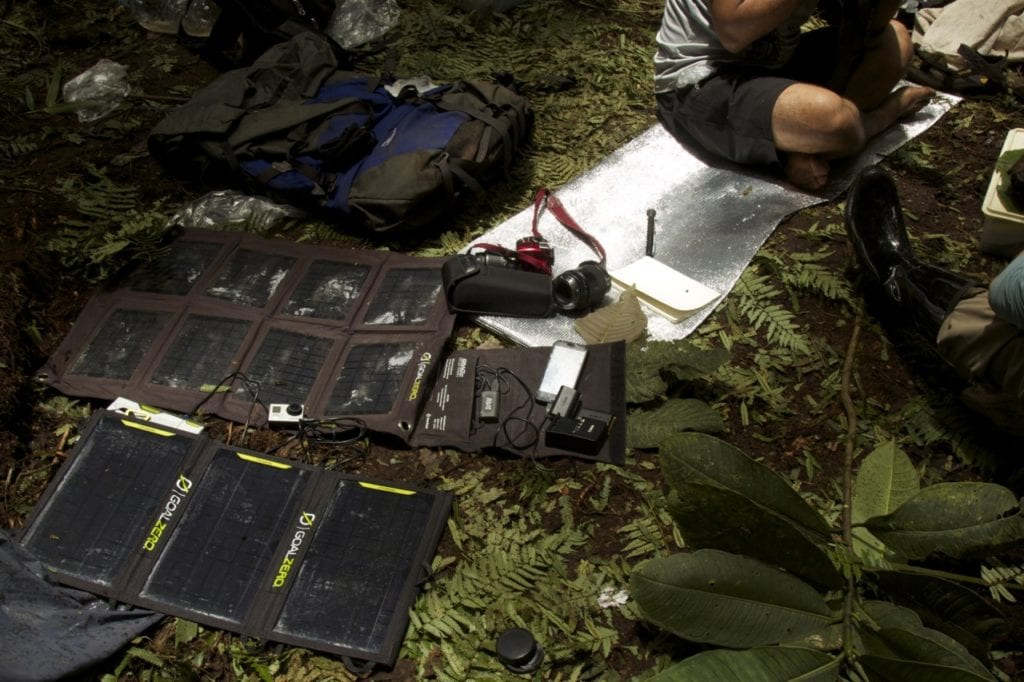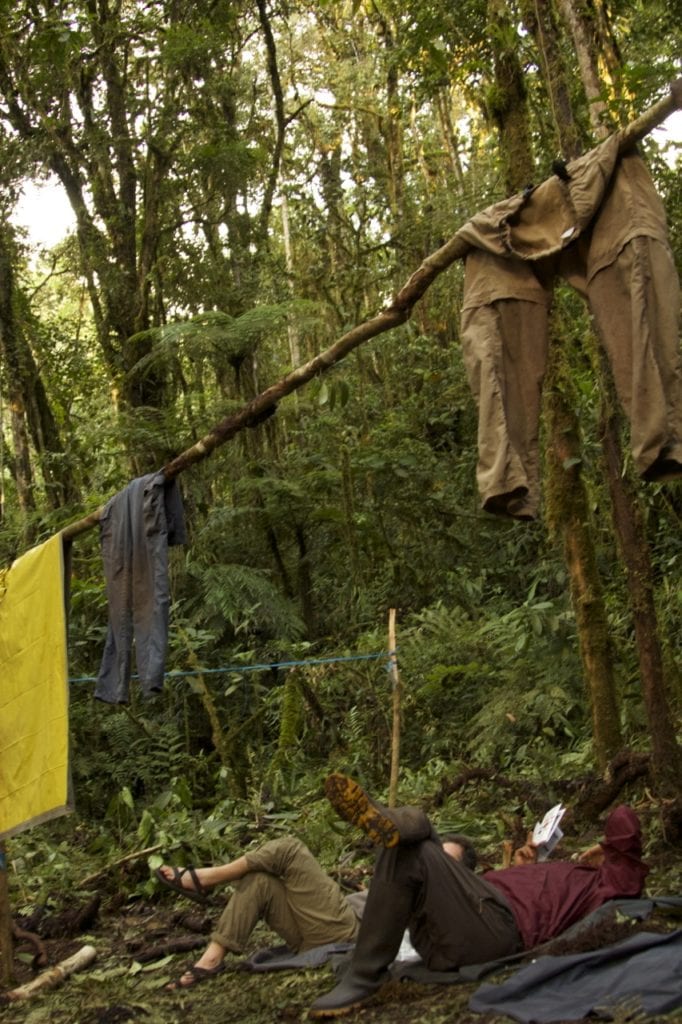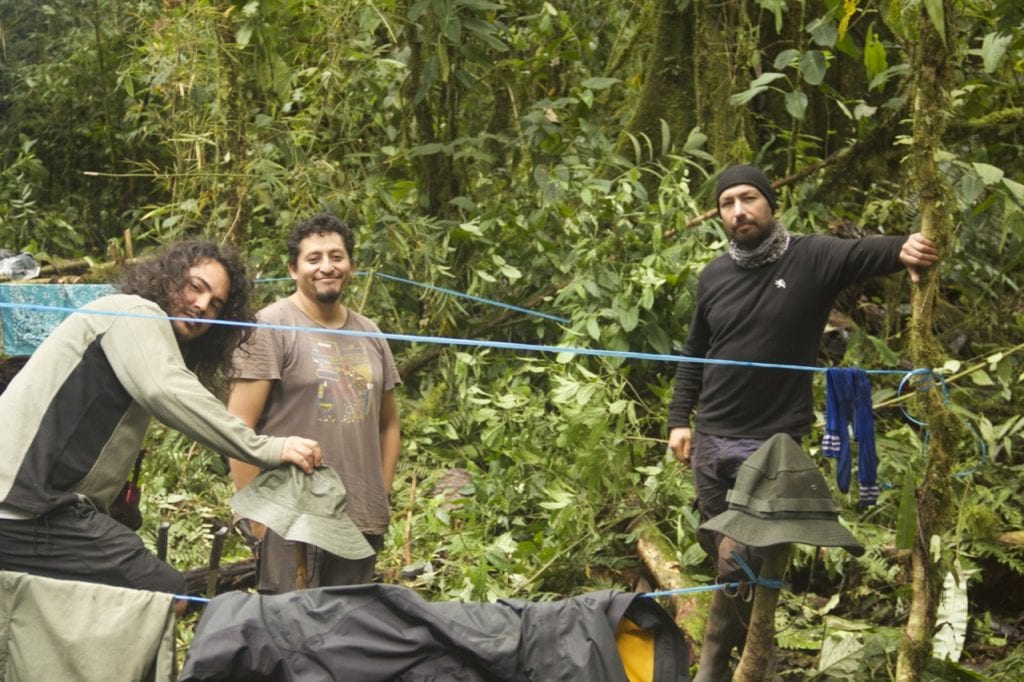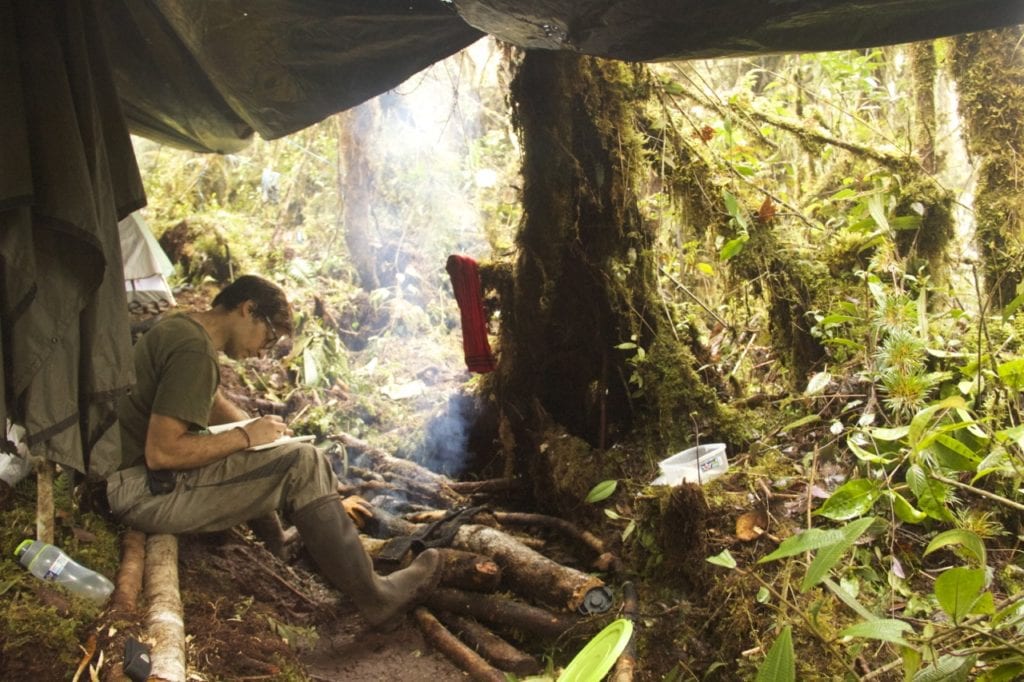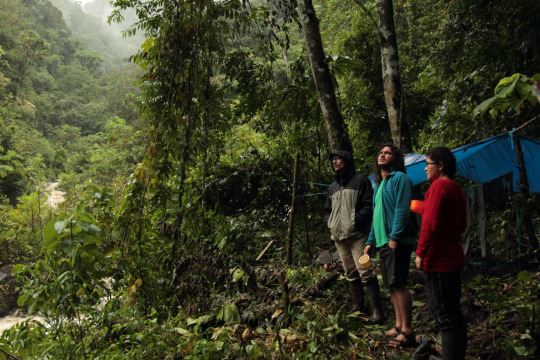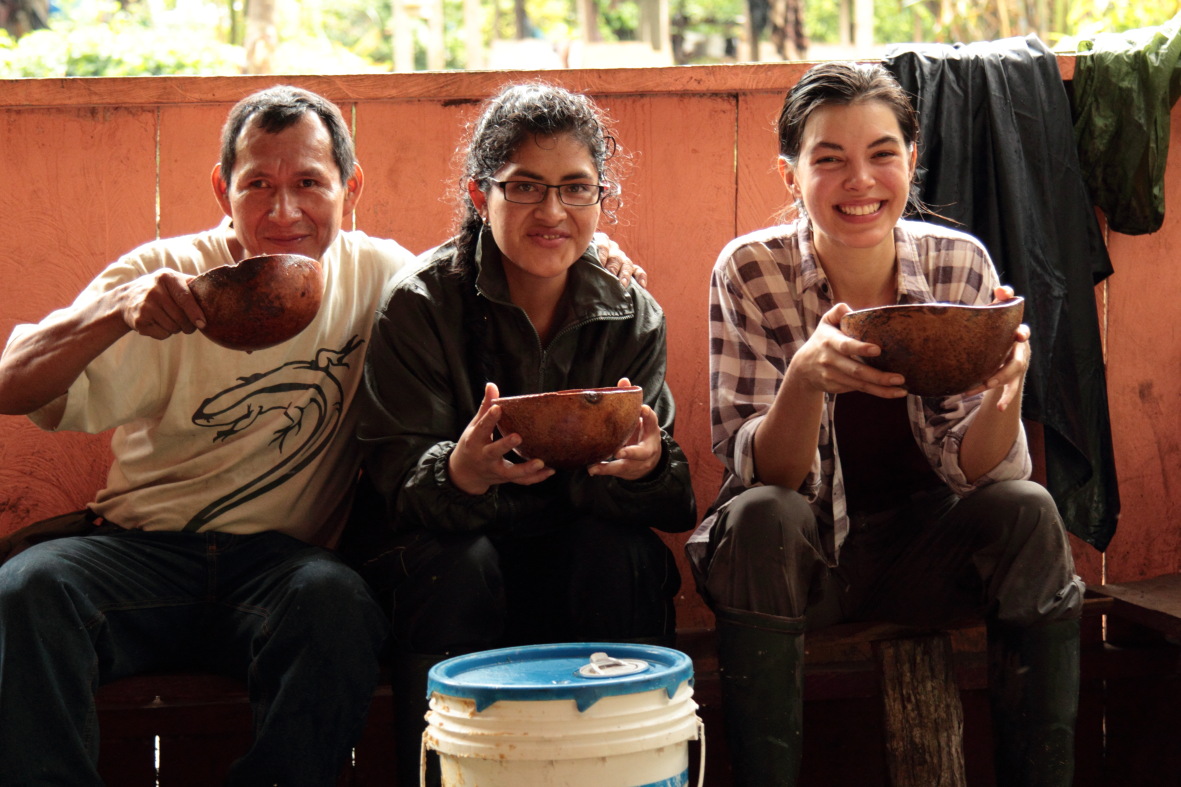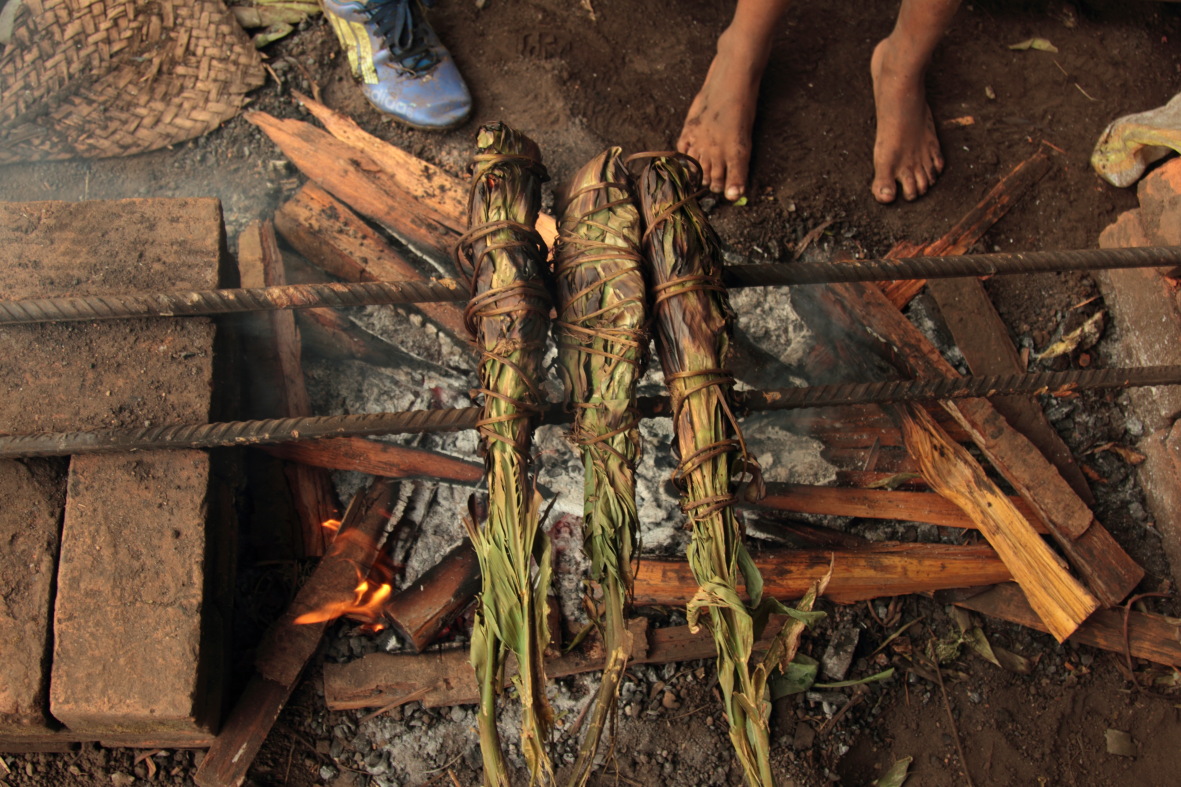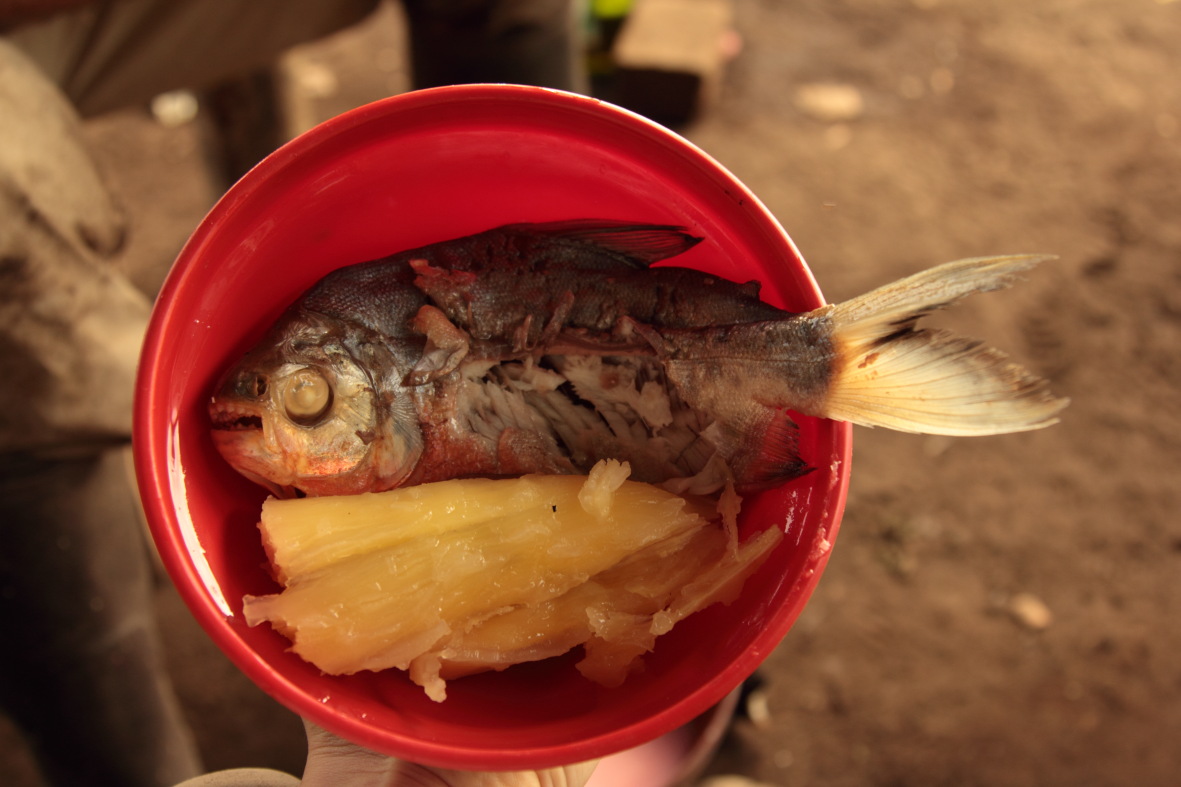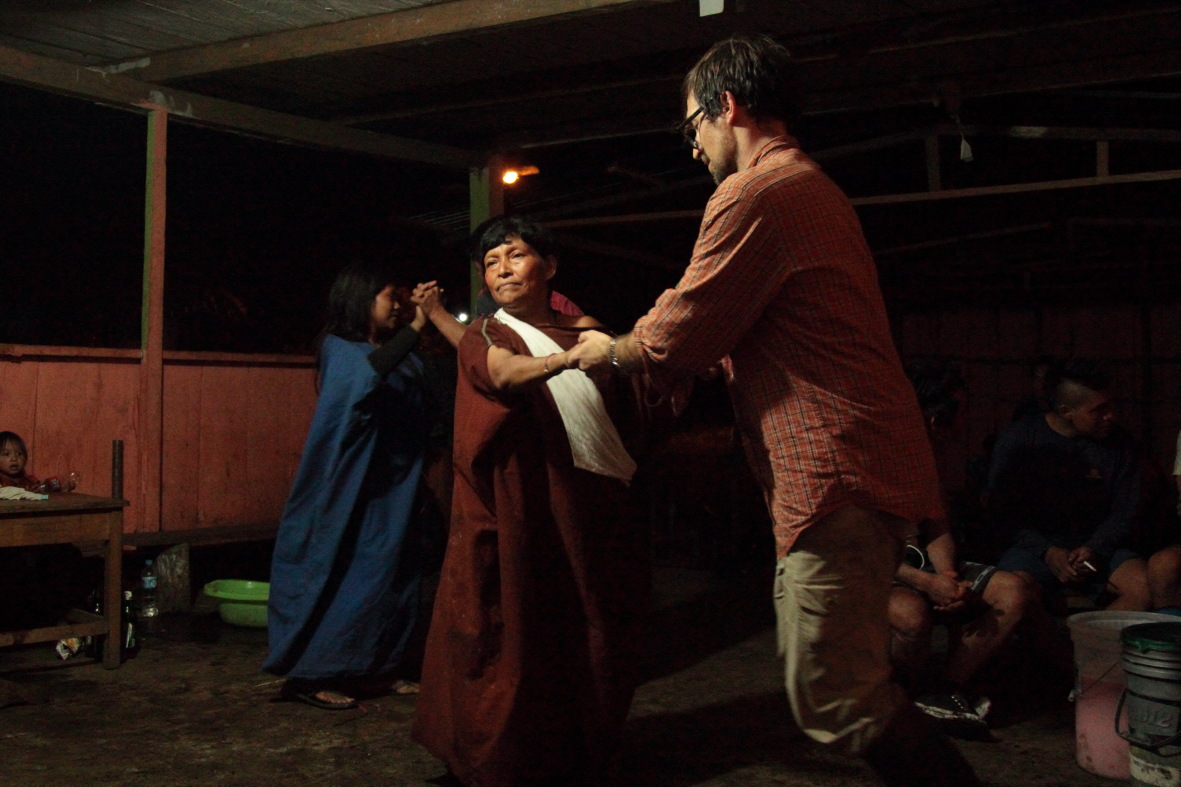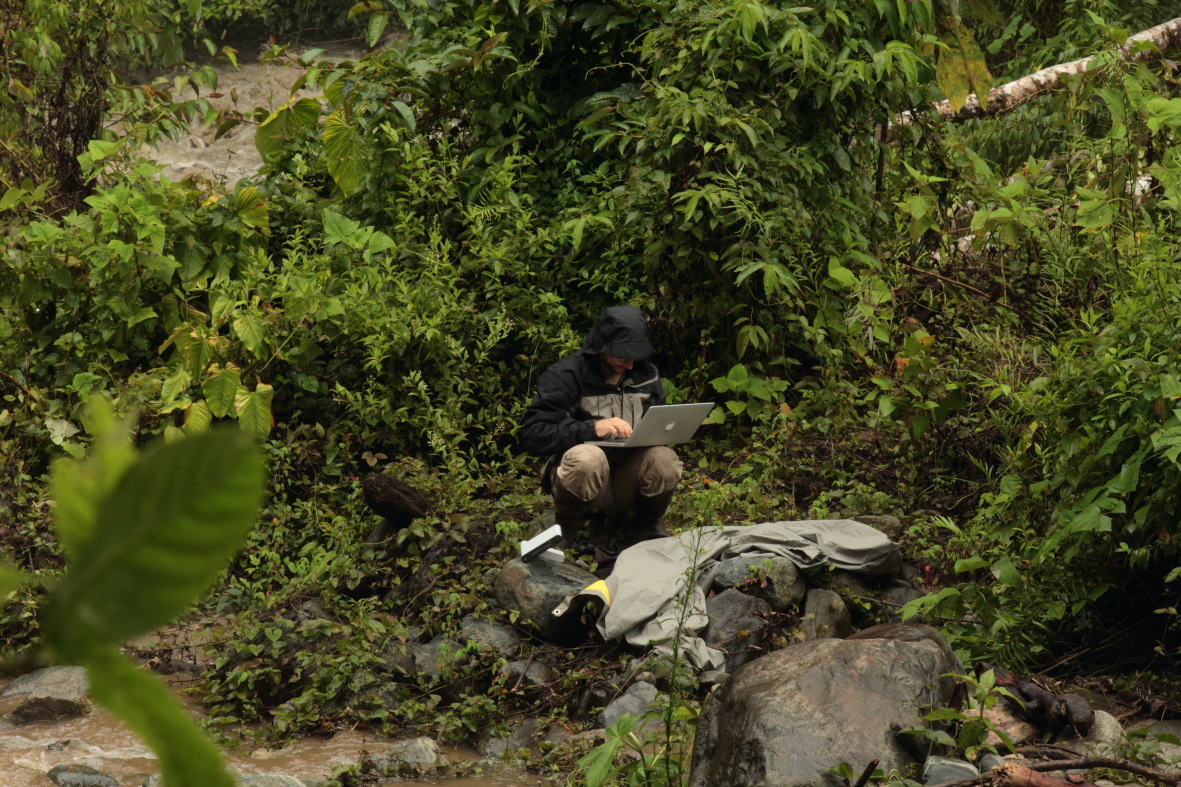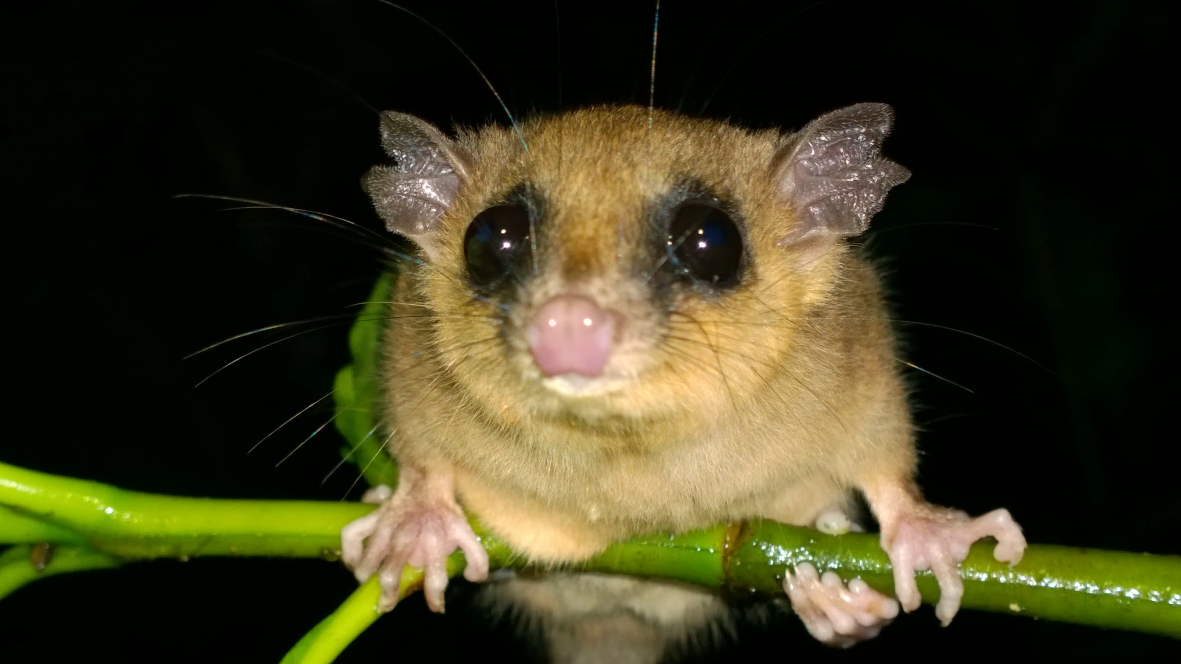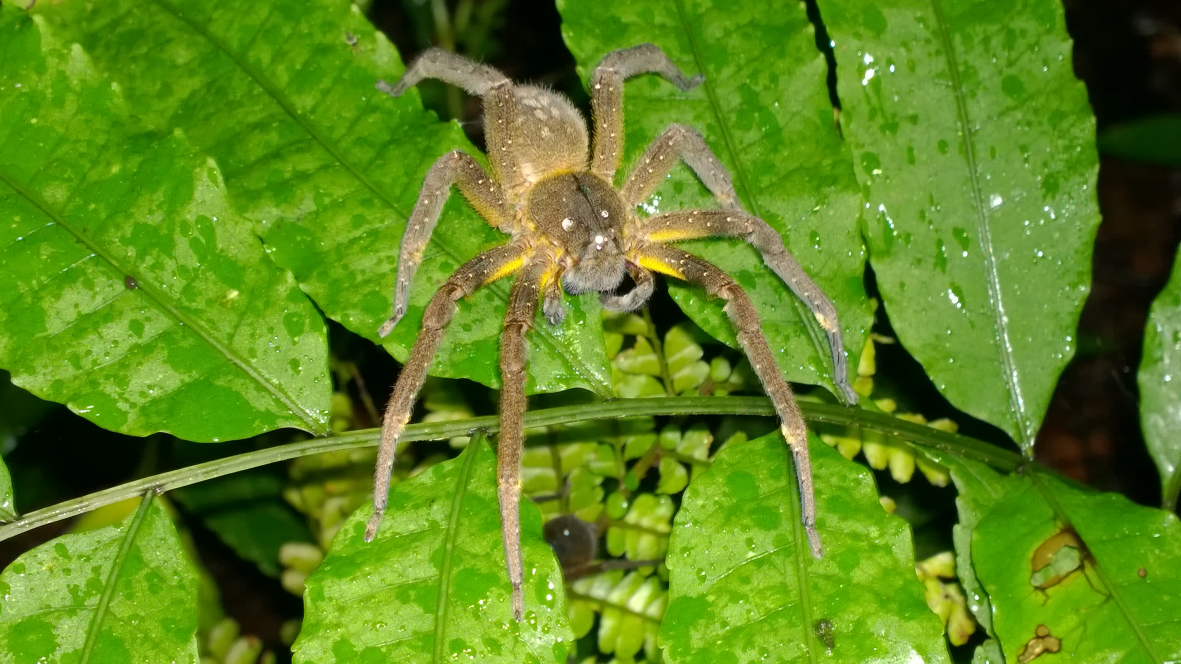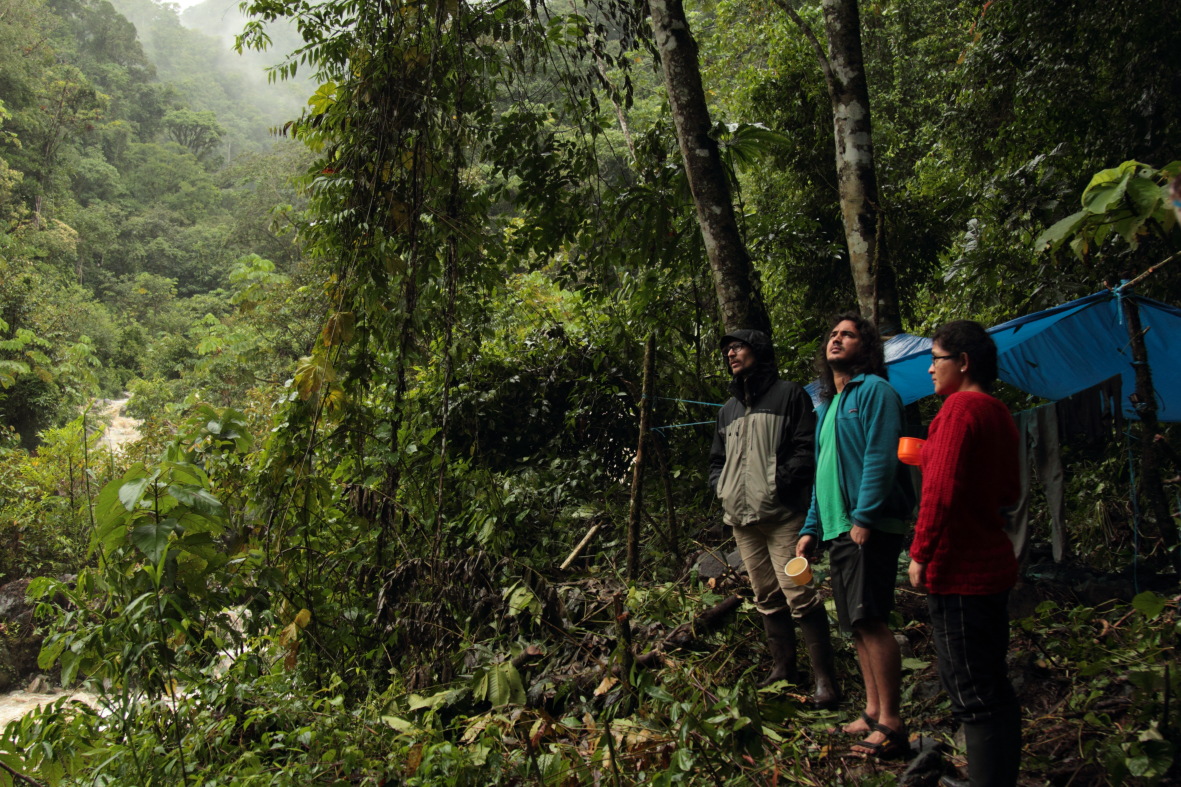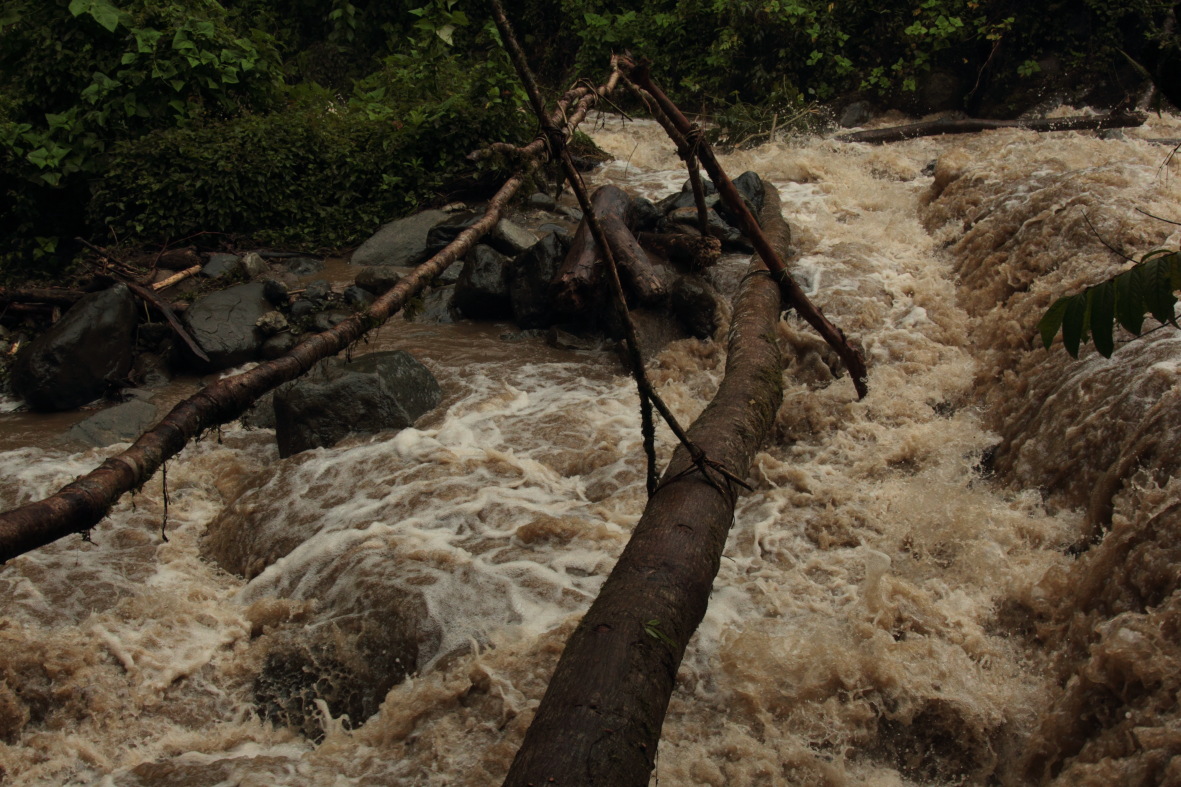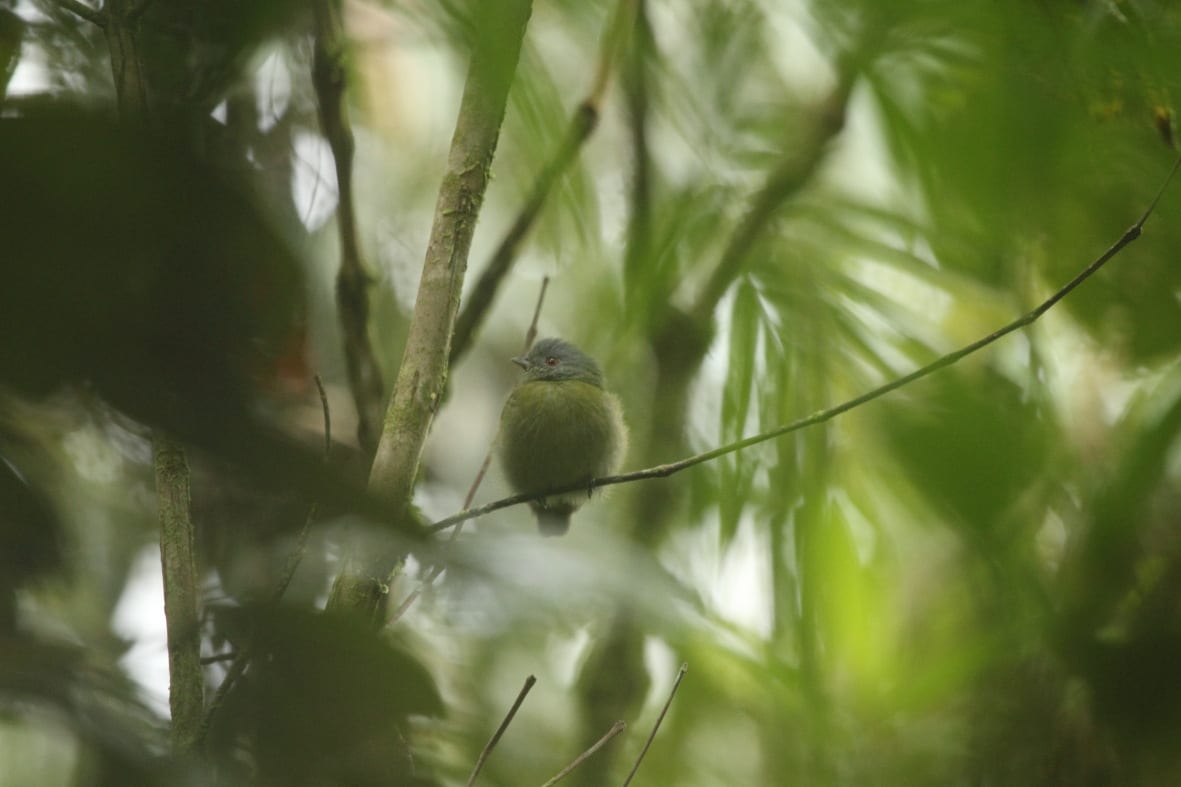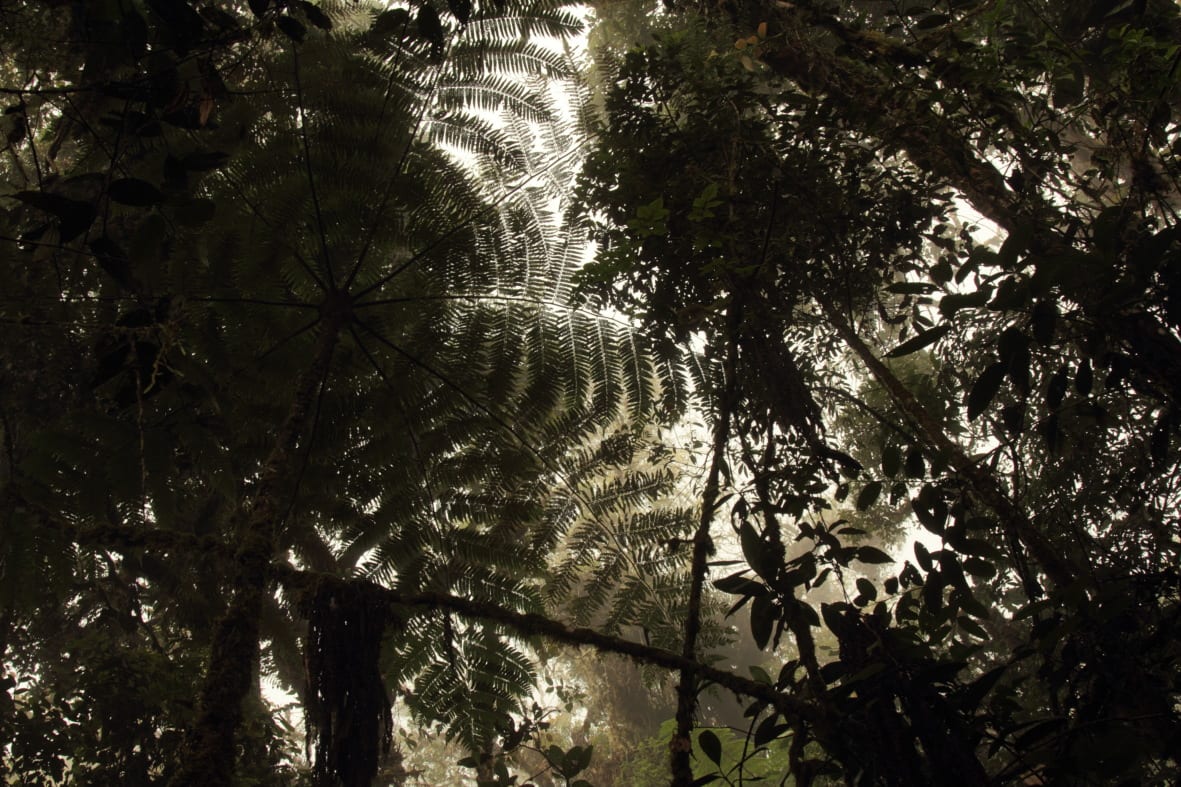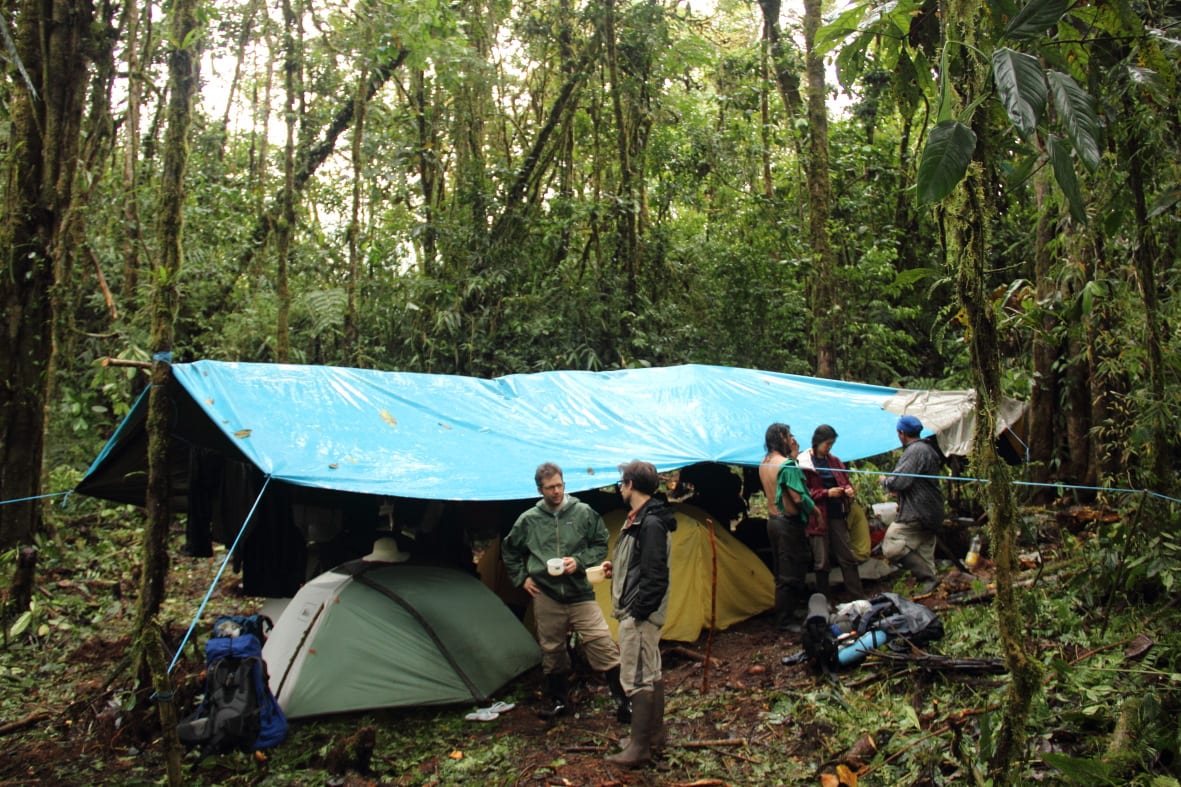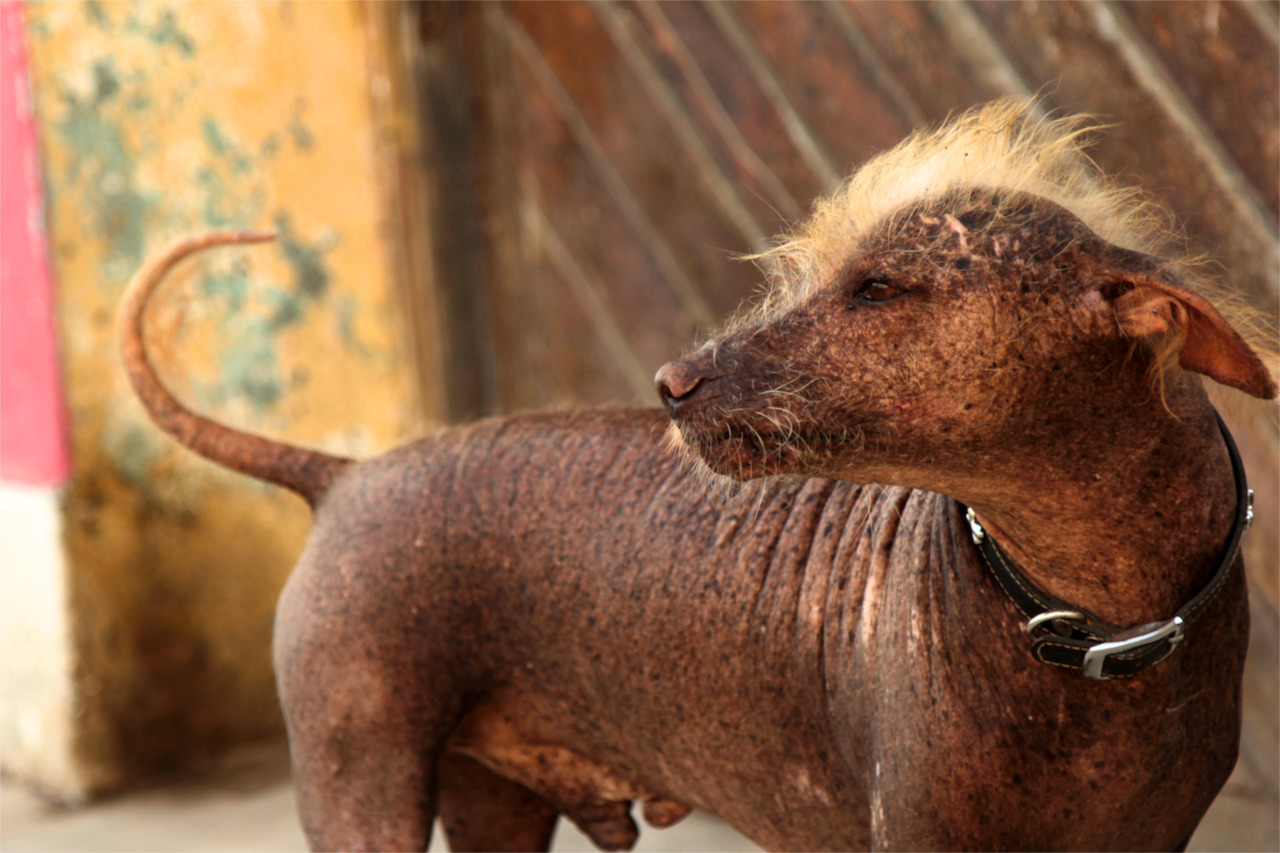
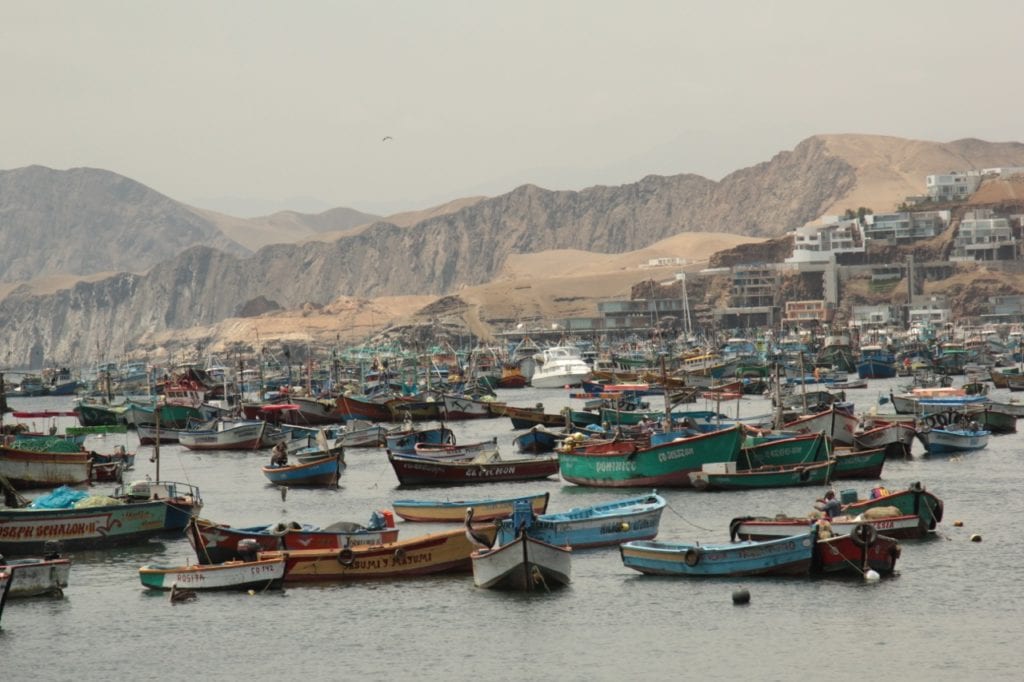
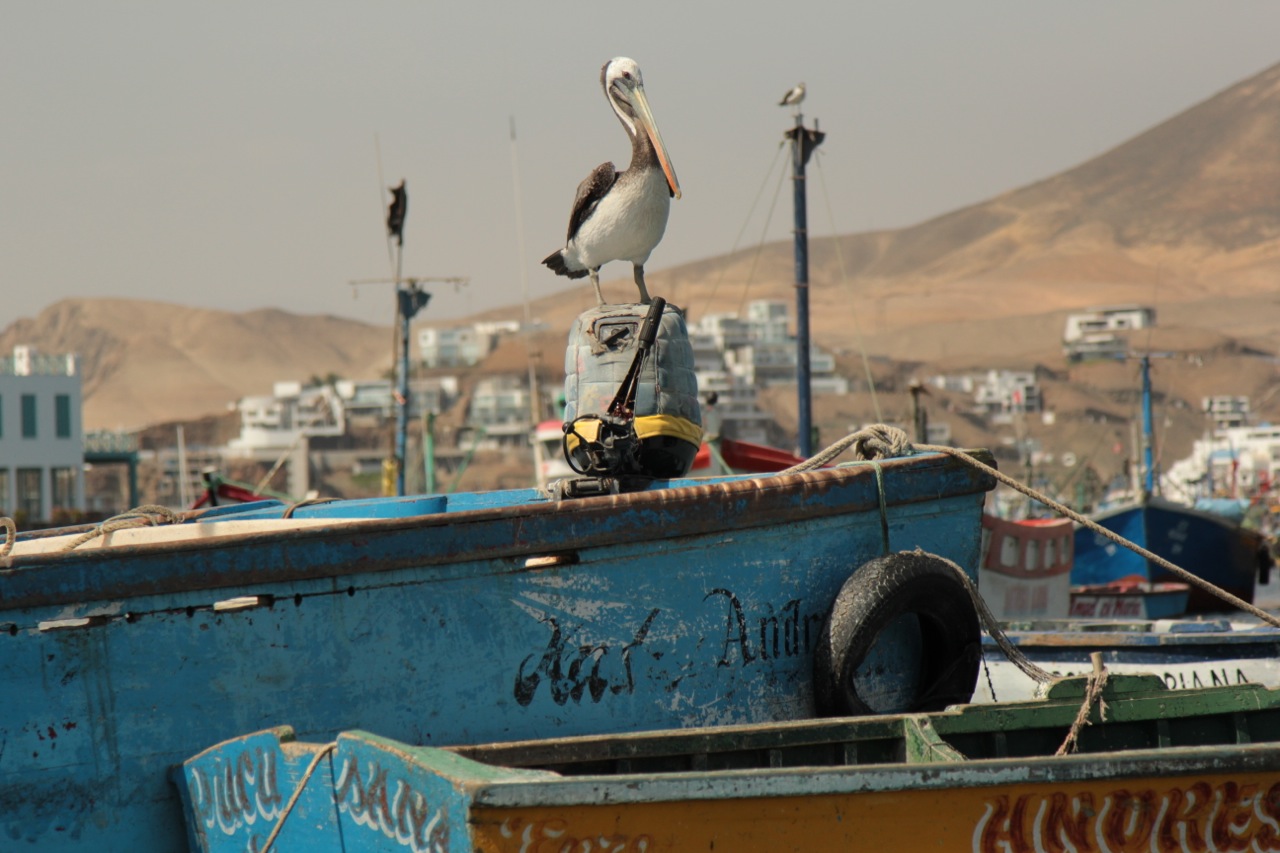
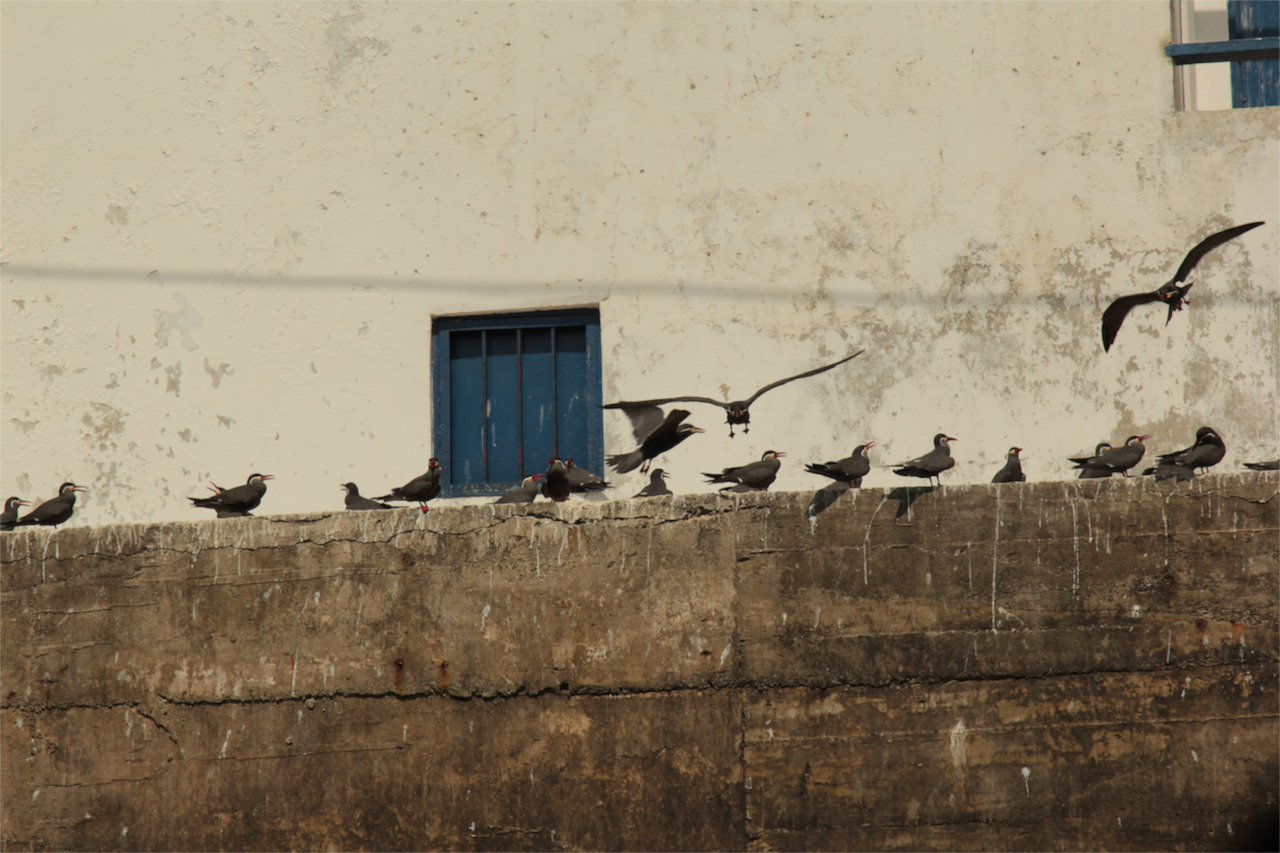
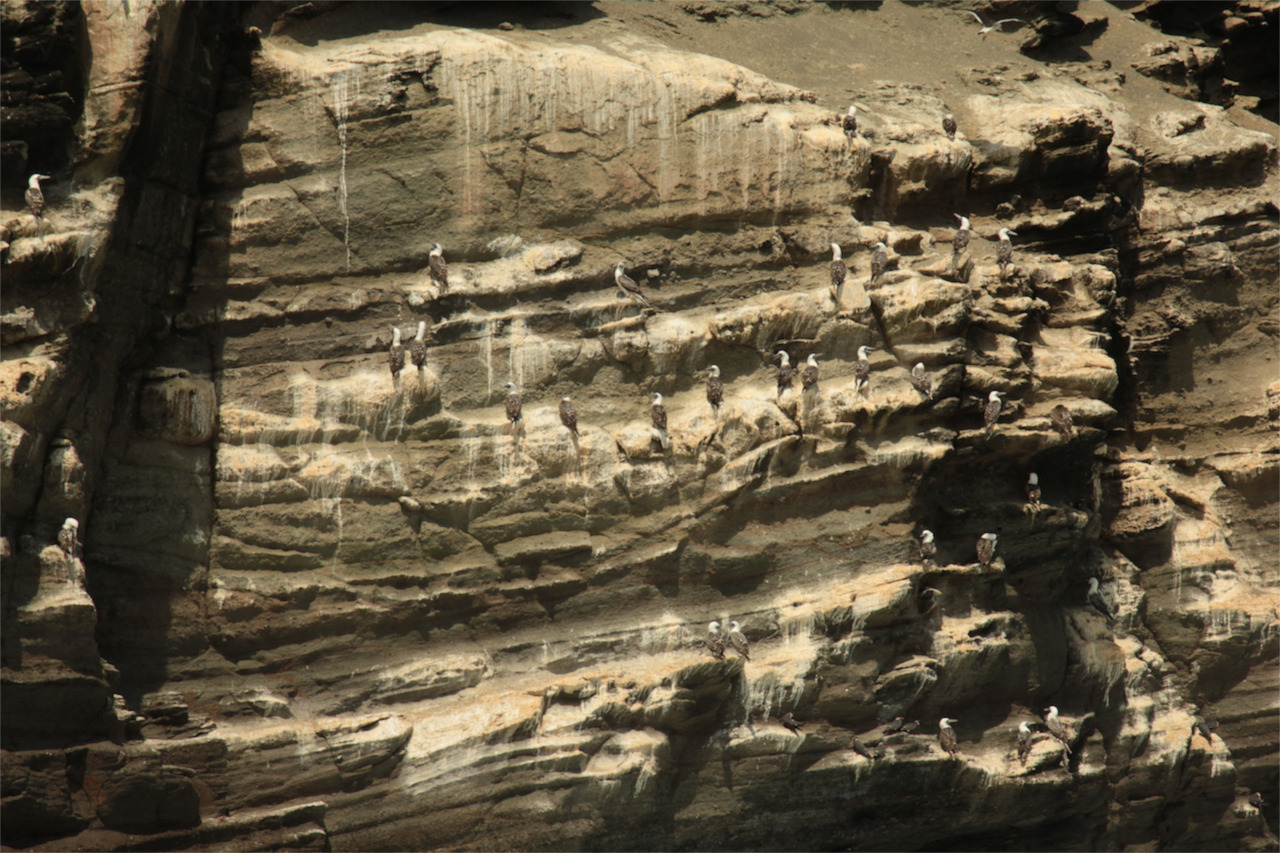
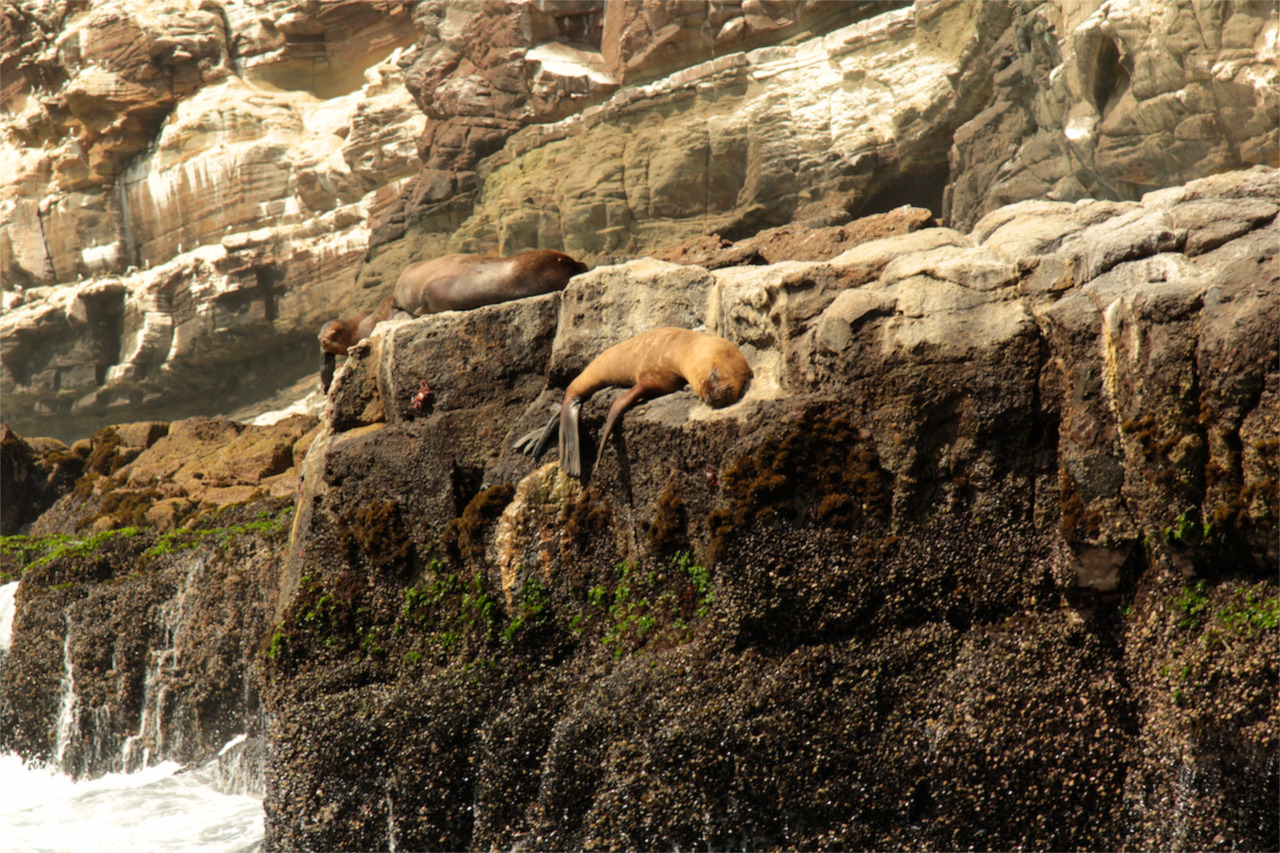
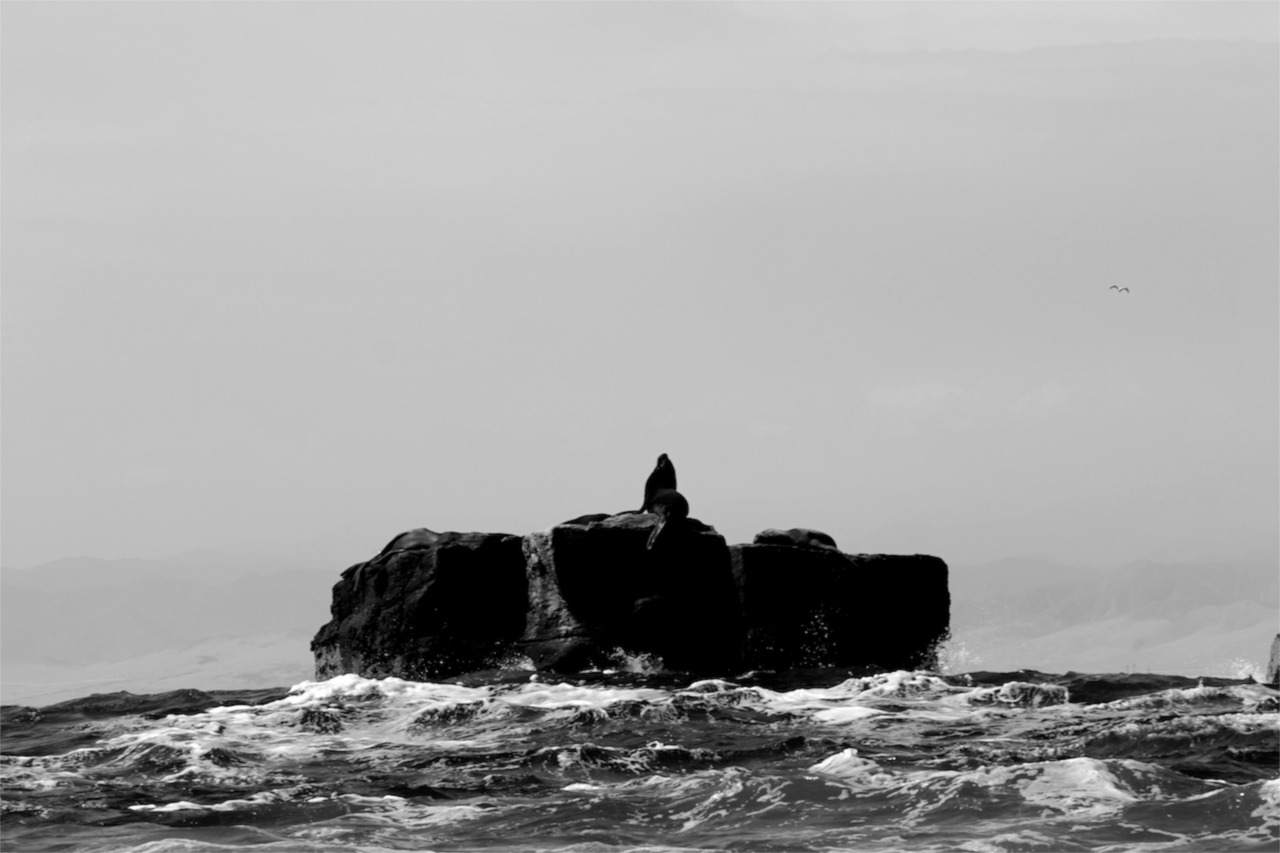
February 28, 2016
We arrived to Lima on a sunny, hot day and decided to make a trip to the beach to see some wildlife. We left the outskirts of the gigantic city of Lima on a bus that headed South through the arid regions of the Atacama desert. After about an hour we reached the small and beautiful fishermen village of Pucusana.
Dozens of boats were docked along an ample and peaceful bay where a crowd of people, pelicans, gulls, and sea lions where all busy doing what they do. We rented an small boat and went off to enjoy the wonders of the Pacific coast of the Atacama desert, one of the most productive and best preserved coastal areas of the world—millions of sea birds populate the many islands, islets, and cliffs of the coast. The sea birds produce the guano, a rich manure that has been exploited ever since Alexander von Humboldt described its wonders after studying it at the port of Callao. Here is a glimpse, in pictures, of the few hours we spent in this extraordinary ecosystem.
José Padial and his team of researchers have traveled to the remote Vilcabamba mountains of Peru in the pursuit of biodiversity research. He blogs and sends photos as often as possible capturing his expedition along the way and his return home to the Carnegie Museum of Natural History in Pittsburgh, PA.
